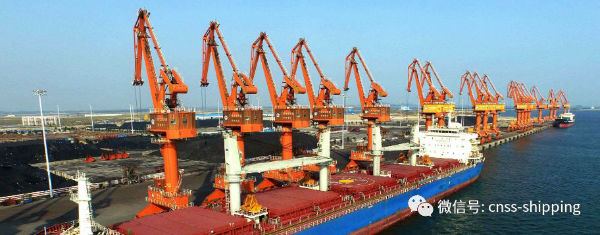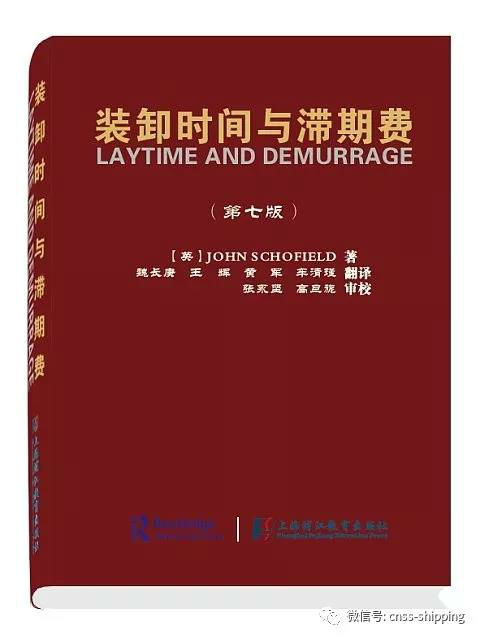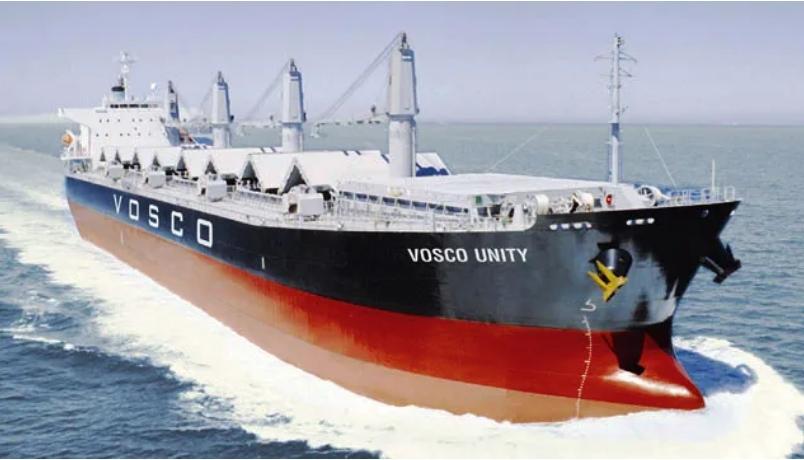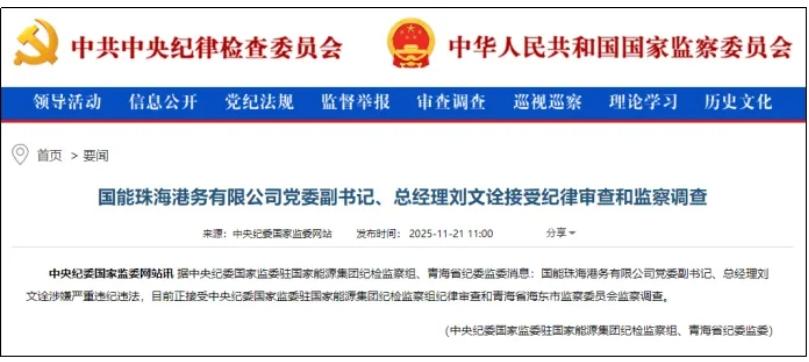General Principles 基本原则
1.21 The reason why fixed laytime charters are preferred is probably because of their greater certainty when it comes to estimating the permitted length of a charter and because they offer more flexibility by the use of exception clauses in varying the apportionment of risk.
1.21固定装卸时间租船合同如今之所以被普遍采用,其最可能是因为在开始估计租船合同所允许的时间期限时比较确切可靠,同时因为,通过运用除外免责条款在更改风险分摊方面它们提供了更多的灵活性。
1.22 Whichever form of laytime is chosen, voyage charters are also divided up into berth, dock and port charters, depending on which of these three alternatives is chosen as the specified destination for loading or discharging, as the case may be. There is no reason why a charter should not be, say, a berth charter for loading and a port charter for discharging. In general, however, laytime commences upon the vessel’s arrival at the specified destination, notice of readiness having been given (if required) and after any time provided for in the charter has elapsed. Upon laytime commencing, liability for delay may change from the shipowner to the charterer, depending on the terms of the charter. This is why it is important to be able to establish precisely when the specified destination is reached. Berth and dock charters on the whole create few problems in this respect, since it is comparatively easy to say whether a vessel has reached its berth or dock. The port charter is, however, more difficult. Until the decision of the Court of Appeal in Leonis Steamship Co v. Rank, the law was in some confusion, but in that case the court held that in a port charter, the specified destination was reached when the vessel arrived in the commercial area of the port and not, as some of the earlier cases had suggested, when the vessel actually arrived in berth. Later, difficulties arose in deciding what the Court of Appeal had meant and what factors had to be taken into account before it could be decided whether the usual waiting place was within the commercial area of the port. These were resolved by the House of Lords in The Johanna Oldendorff, where Lord Reid laid down what has subsequently become known as ‘‘the Reid test’’.
Before a ship can be said to have arrived at a port she must, if she cannot proceed immediately to a berth, have reached a position within the port where she is at the immediate and effective disposition of the charterer.
The presumption is that, if the vessel concerned is at a place where waiting ships of that type usually lie and this is within the port, then she is at the ‘‘immediate and effective disposition of the charterer’’.
1.22 无论选用那一种装卸时间形式,按照所指定的装卸货物目的港究竟是泊位、码头还是港口,航次租船合同也按照具体情况可分为泊位租船合同,码头租船合同和港口租船合同。这里没有理由为什么一份租船合同不应该,比如说,对于装货是泊位租船合同,而对于卸货却是港口租船。但是,一般地,一旦船舶抵达指定的目的地,已经递交了装卸准备就绪通知书(如果有要求的话),并且在租船合同中所规定的某段间已经过去之后,装卸时间便随即开始。装卸时间一经开始,根据租船合同条款,延迟的责任便可能由船东转移到承租人。这也就是为什么能够精确地确定何时抵达指定目的地之非常重要的原因。总的说来,泊位租船合同和码头租船合同在这方面极少产生什么问题,因它相比相对来说比较容易确定船舶是否已经到达了它的泊位或码头。但是,港口租船合同在这方面要困难得多。直到上诉法院对Leonis Steamship Co v. Rank—案作出判决之前,法律仍有些模糊不清,但是,在那个案件中,法院判定,在港口租船合同的情况下,只要船舶到达了指定港口的商业区域即是已经抵达指定的目的地,而不是像以前某些案例曾经一直建议的要等到船舶实际到达泊位时才算抵达达了指定的目的地。此后,在确定通常的等泊地点是否位于港口的商业区域范围内之前,判断上诉法院所指的含义究竟是什么以及必须要考虑哪些因素时,便生了难题。这些难题在上议院The Johanna Oldendorff一案的审理中得以解决。Reid勋爵在该案中确立了后来人们称之为的‘Reid准则’,即:
在船舶能够被称之谓已经抵达了港口之前,如果她不能立即马上驶抵泊位的话,她必须是已经抵达了港口范围内,且承租人能够直接马上而又有效地对其进行控制安排的某一个位置。
这一推论是,如果有关船舶已位于同类等泊船舶通常停留的位置并处于港口范围之内,那么她就是处于‘承租人能够对其直接马上而又有效的控制安排’之下了。

1.23 It is, however, open to the parties to advance the time when laytime commences or to provide in some other way for time to count earlier than would be the case under the normal rules. In the case of a berth charter, the parties may agree that time should count ‘‘whether in berth or not’’, thus advancing commencement of time when the delay is due to congestion.Similarly, the parties may wish to allow time to start as soon as the vessel ceases to be underway, even if still outside the port limits.
1.23 然而,合同的当事双方可以自由约定,以使装卸时间提前开始,或使用其他方式规定,使时间相比在正常规定下提早计算。在泊位租船的情况下,当事人可以约定‘无论靠泊与否’时间都应该计算,这样,当由于港口拥挤造成延迟时,时间就可以提前开始起算。同样地,双方当事人也可以希望船舶一经终结航行即可允许时间开始,即使这时该船舶还在港界之外。
1.24 Once laytime has commenced to run it may nevertheless be suspended either by an interruption or an exception to laytime. The difference between these terms, as used in this book, is that an interruption to laytime excludes periods outside the definition of laytime as expressed in the laytime clause. Excepted periods are within the definition, but expressly excluded. Adverse weather would be an interruption to laytime expressed in weather working days, but a clause excluding time lost by strikes would be an exception. The principal difference lies in the fact that, with an interruption, it is only necessary to show that the excluded state of affairs exists, but with an exception, it is necessary to show a causal connection between what is excluded and the failure to work cargo.
1.24装卸时间一旦已经开始起算,尽管如此,还可能因为某种中断或除外免责事由而使装卸货时间暂停。就本书中所使用的这些术语而言,它们之间的差别是,所谓装卸时间的中断不包括装卸时间条款中明确规定的装卸时间定义范围之外的时间段。而除外免责时间则包括在该定义范围之内,但是却被明确地排除在外。不利的天气对于表述为良好天气工作日的装卸时间条款中就是一种中断,但是排除因罢工而损失的时间的条款,则是一种除外。其中主要的区别在于这样事实:对于中断,仅需要证明被排除的事实状态存在即可,而对于除外免责,则必须要证明所除外的事件与没有进行装卸货物作业之间的存在因果联系。
1.25 As Lord Diplock also pointed out in The Johanna Oldendorff :
In the case of maritime carriage this rule (as to absolute liability) was subject to the exception that performance was excused if it were prevented by Act of God or of the King’s enemies or by inherent vice in the goods carried. At a very early date it became usual to incorporate in charterparties express exceptions for other maritime perils, and in modern charterparties these have been extended to strikes and other hindrances to performance which take place on land.
1.25正如Diplock勋爵在The Johanna Oldendorff案中所指出:
在这个海上货物运输的案件中,这一原则(关于绝对责任)是以这样的除外条件为前提的,即如果是由于天灾或人民公敌或由于所运输货物的潜在缺陷而阻碍了履行,则它是可以被免责的。在很早以前,将其他海上灾难的明示除外条款并入到租船合同之中就已司空见惯了。而在现代的租船合同中,这些除外条款已经被扩展到罢工以及其他在陆地上发生的阻碍合同履行的方面。

1.26 Once commenced, laytime will continue to run until loading (or discharging) has been completed, or until it expires, if these operations are not finished earlier. In the tanker trade, it is usual to define completion in terms of disconnection of hoses.
1.26装卸时间一旦开始,它便将持续不断地进行计算下去,直到装货(或卸货)作业全部完成为止,或者,如果这些作业操作没能提前完成,就会一直持续到装卸时间届满为止。在油轮运输贸易中,通常是以拆卸管路来定义装卸货作业的结束(时间)。
1.27 The laytime allowed may be a single period covering both loading and discharging, or the charter may provide for separate calculations for each. In the event of the latter, provision may be made for the transfer of unused laytime from loading to the time allowed for discharge, or vice versa. The different methods by which this can be achieved are referred to as averaging and reversing.
1.27所允许的装卸货时间可能是将装货和卸货合并起来作为一段完整的时间,或者,租船合同可能规定每一项作业的时间单独计算。在后一种情况,也可以规定,将装货作业未用尽的时间转移给所允许的卸货作业使用的时间,反之亦然。通过上述方法所获得的不同的计算方法分别称之为‘均算法’和‘调剂法’。
1.28 In certain trades, e.g. the parcel tanker trade, a vessel may be under a number of different charters at the same time, each covering part of the cargo.
1.28在某些贸易活动中,如零担油轮贸易,有时一条船可能是同时处于几个不同的租船合同制约之下,而每一份合同又同时针对某一部分的货物。

编者介绍
魏长庚船长:1996-2000 年在大连海事大学学习,获得航海技术专业学士学位。具有16年海上船舶航行经验,魏长庚船长一直热爱海商法(重点是英国海商法)的学习,并致力海商法的翻译工作(包括Informa出版的Bill of Lading(提单),Laytime and Demurrage(装卸时间与滞期费)等书籍
《装卸时间与滞期费》购买链接(点击蓝色字可购买)
海运圈聚焦专栏作者 魏长庚船长(微信号CaptWei)

 2018-03-12
2018-03-12 2942
2942 













